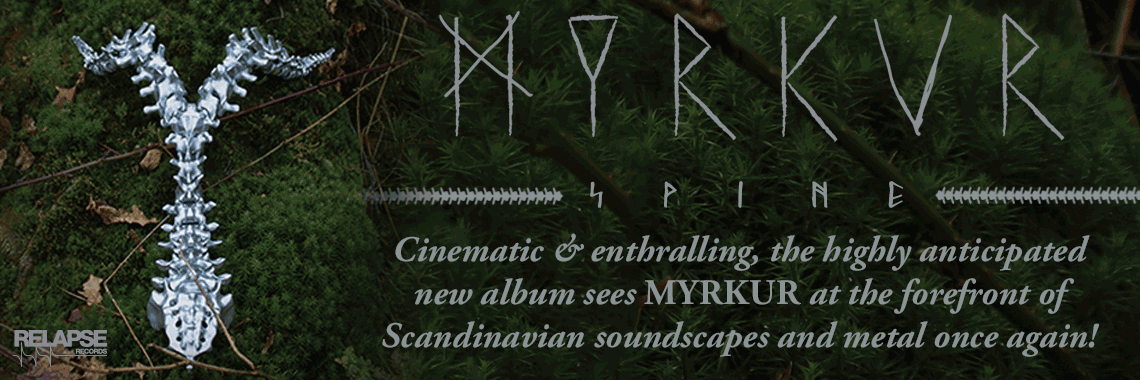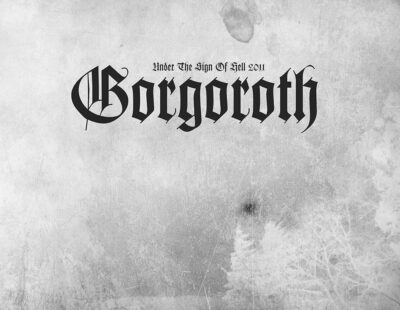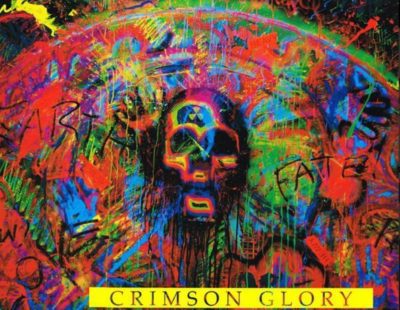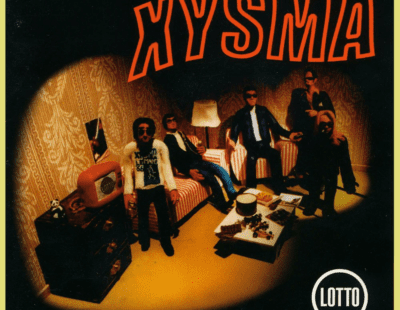People often give you grief for saying a record is overlooked, underrated or something “shitty” that you have to justify. I think I’m going to swing for the fences and start this off with a declaration that hopefully makes you skip the rest of this piece and head straight for the comments section: Satyricon‘s Nemesis Divina is way overrated and I think Rebel Extravaganza is the superior record of the two.
You OK? I’ll give you a few minutes.
The first two Satyricon records are sacrosanct to me, both capturing such a moment in time for me that I don’t think my youthful days would have been quite the same without them. Nemesis Divina was energizing when it was released and of course the “Mother North” video was killer, mostly because I was like 17 or 18 and anything with nudity and corpsepaint was well within my wheelhouse. But it doesn’t hold up musically over the years and it comes off a bit cheesy… not that the later records don’t have their fair share of that in their ingredients list.
When the promotion for Rebel Extravaganza emerged, kicked off by the Intermezzo II EP, I was let down by the abandonment of the castles for the city and the overall aesthetic shift felt like a “fuck off” to their past, which I suppose it was, but for some reason I stayed on board and gave it a chance. I’m not sure why this style shift clicked with me but I couldn’t (at the time) get into what bands like Solefald and Fleurety were shifting into. I think it’s possibly because Satyricon were injecting filthy rock ‘n’ roll into it which somehow made it easier for me to swallow (that line is for the comments section, Christmas has come early). I was also very interested in industrial music at the time and Intermezzo II and Rebel Extravaganza were brimming with mechanical touches.
Blasting off the record with sirens instead of flutes really sets the tone as a thesis statement. From “Tied in Bronze Chains”’s opening salvo to the closer “The Scorn Torrent,” this record is teeming with aggression, less sword fighting and more swinging rusted pipes towards someone’s face. The record’s production was closer to Nemesis than 1994’s The Shadowthrone, but had a real raw edge to it, maybe similar to some of the earlier Norse death metal. Whatever it was, this is a nasty fucking sound that laid down the groundwork for a lot of black metal that would “borrow” (steal) the aesthetic about 10 years later.
Everything about this record is a stylistic divergence from their prior works, with the lyrics being no different. Shifting from castles, trees and bags of hair into really mean-spirted territory. While you can’t roll a 20 to any of the music or imagery here, you’re almost certain to relate to such a negative worldview. When this was released in 1999, I had a radio show and interviewed Satyr. My biggest takeaway was (it’s been a while so this is paraphrasing) how he spoke about the fact that the world had grown cold and that black metal could be a reaction to society losing the positive qualities of humanity while further embracing greedy and selfishness. It was an anti-human message a few years before that became popular rhetoric. It was such an interesting concept and a much better interview than I did with Covenant (Kovenant? The Kovenant? I don’t fucking remember what they were calling themselves at the time, just the dicks that were glued onto that dude’s shirt during the subsequent tour), which I would credit as forward-thinking whereas elitists at the time credited as an attempt to go mainstream. Looking at it now, it appears we were both right.
I took a fair amount of shit for defending this record at the time (thus preparing me for a life of catching shit for any time I opened my mouth). This is the moment the band died for a lot of black metal fans but it’s clearly aged well, and is still miles more interesting than a lot of the “urban” “black” “metal” that surfaces these days. I can’t defend anything after Volcano, but this record — love it or hate it — was the public face of a shift in segments of black metal that persist today, even if the current practitioners have no idea from where it originated.






